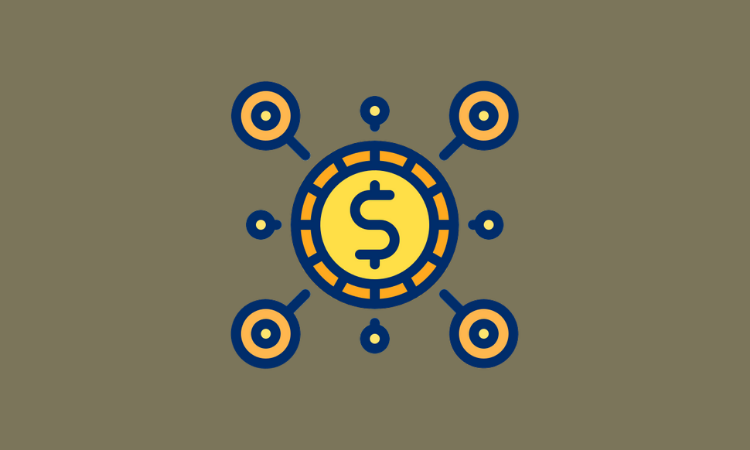Blockchain and Crypto
Decentraland: The financial activities happening in the Ethereum-based metaverse
- ICE Poker is the most visited place in Decentraland – around 600,000 platform users have dropped in.
- A JPMorgan report claims that the metaverse will become a $1 trillion market opportunity in yearly revenues.








